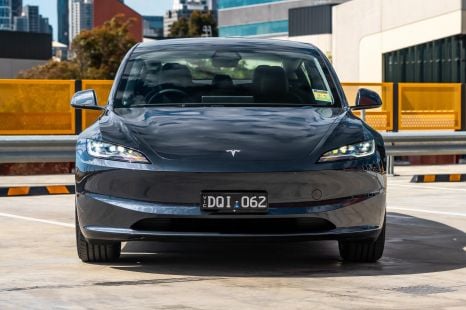

James Wong
2026 Tesla Model 3 review
1 Month Ago

Contributor
Australia’s best-selling electric car, the Tesla Model 3, has been hit with another price increase, while estimated wait times have ballooned out to as high as nine months.
Prices are up a minimum of $3000 across the board with the top-of-the-range Model 3 Performance receiving a $4000 price increase.
Drive-away pricing for the Tesla Model 3 is now the following:
All prices exclude on-road costs, but includes delivery and order fee.
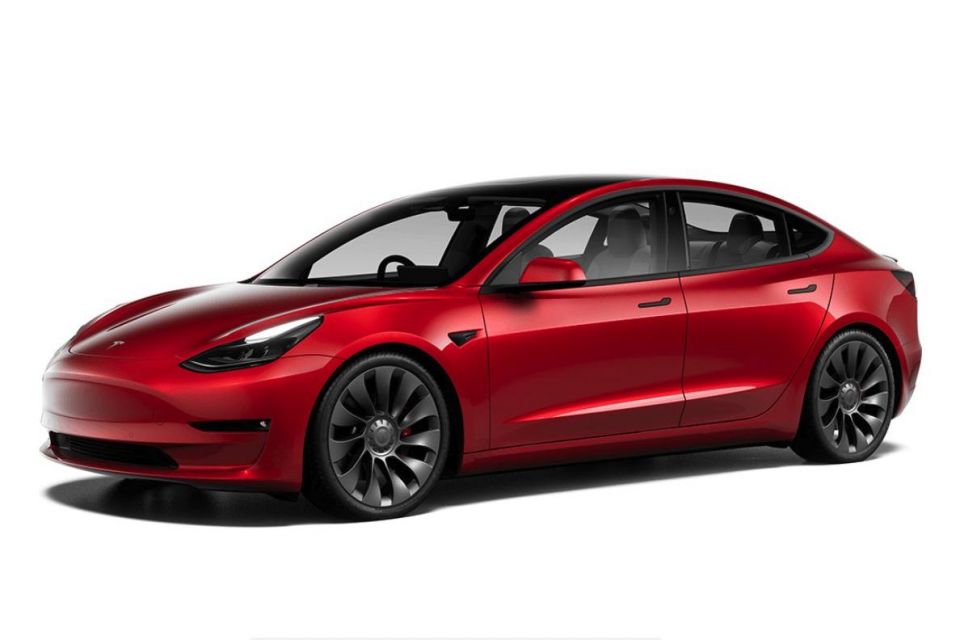
This price increase in on top of a $1000 price increase that was imposed on the entry-level Model 3 RWD earlier in March 2021. Supply chain snags and parts costs strike agin…
According to Tesla’s Australian website, it indicates that new orders for the Model 3 will now take between six to nine months to arrive.
Orders for the Model 3 sedan are still open with all variants built at Tesla’s ‘Giga Shanghai’ plant in China and shipped to Australia.
This latest development builds on the five to seven months estimated wait time that was previously slated for new Australian deliveries of the Model 3 sedan. It’s a far cry from the one to three weeks wait that was seen in October 2021.
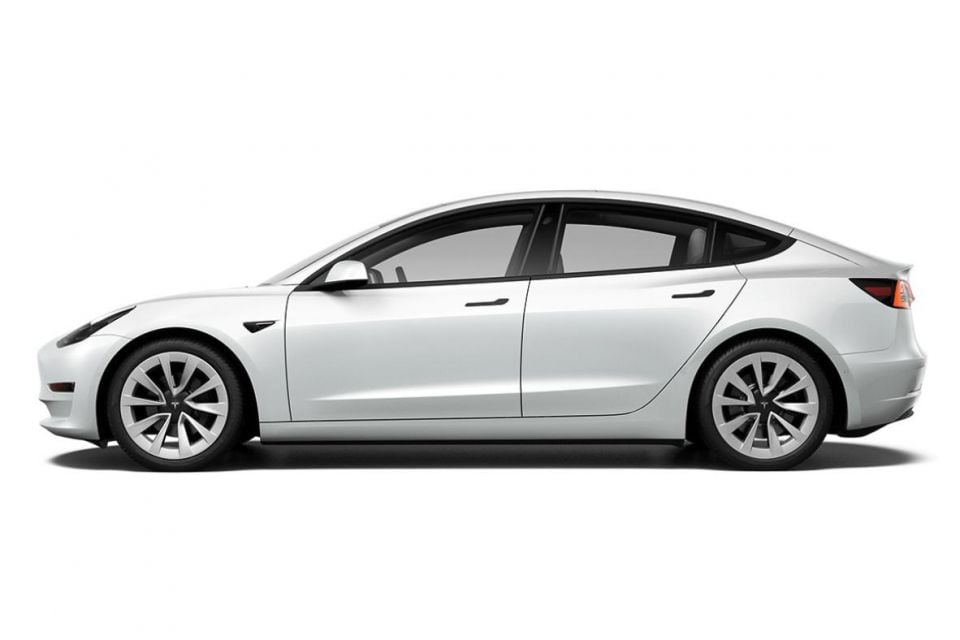
It’s unclear if there have been any spec changes to compensate for this particular price rise beyond the previous battery chemistry changes for the Model 3 RWD. We’ve reached out to Tesla and will update this story if it responds.
Tesla had previously appeared to be relatively immune to the global semiconductor shortage crippling automakers, but this further cements that Tesla appears to be experiencing the effects.
CNBC previously reported Tesla has removed one of the two electronic control units from the steering racks of Chinese-made Model 3 and Model Y vehicles, which will prevent more sophisticated autonomous driving technology from being deployed over-the-air.
MORE: Running list of cars with spec changes, due to chip shortage

In 2021, Tesla removed lumbar support from Model 3 and Model Y vehicles due to the chip shortage. Elon Musk had said during an earnings call in January 2021 his company was having difficulty sourcing chips for this feature.
Mr Musk has previously stated that 2021 was “a supply chain nightmare”.
Estimated wait times have been removed for the Model S sedan and Model X SUV on Tesla’s Australian website. The mid-life update versions of these vehicles aren’t expected to arrive locally until 2023 or 2024 as Tesla pushes to meet global demand.
Mr Musk has previously taken responsibility of the slow updated Model X rollout saying Tesla “dropped the ball badly” and it “was idiotic to stop production of [the] old X in Dec 2020 when there was still plenty of demand”.
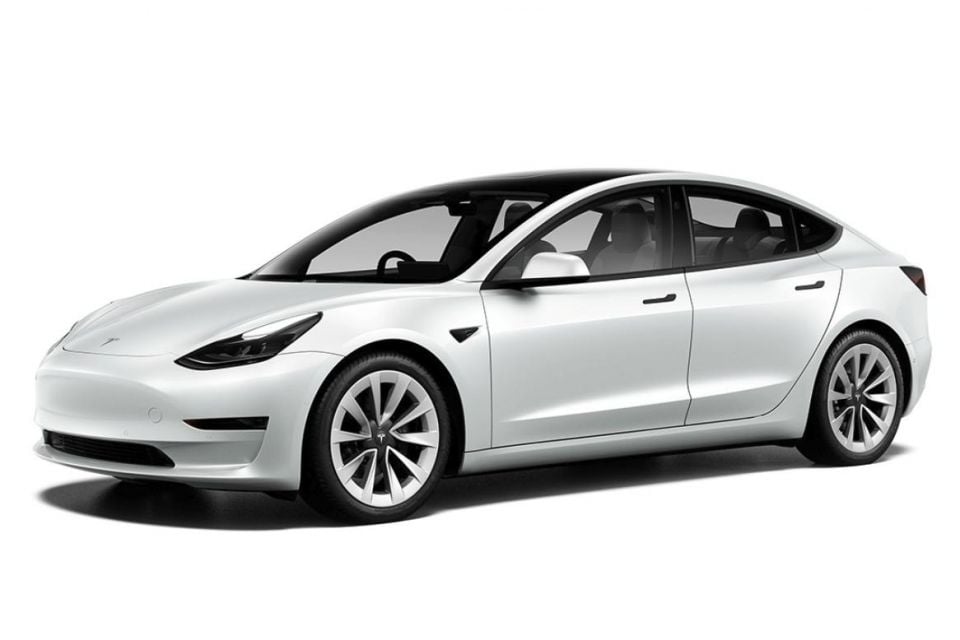
The Model Y, the Model 3-based SUV, was expected to go on sale in Australia in 2021. Evaluation vehicles were reportedly shipped to Australia for certification, but that hasn’t materialised.
Tesla delivered a total of 12,144 cars in Australia during 2021, placing it 19th on the sales chart behind Audi (16,003 deliveries) and LDV (15,188 deliveries).
The vast majority of Tesla sales were the Model 3 sedan (12,094 deliveries), with the ageing Model S sedan and Model X SUV making up 15 and 35 units, respectively.
MORE: Everything Tesla Model 3
Where expert car reviews meet expert car buying – CarExpert gives you trusted advice, personalised service and real savings on your next new car.
Jack Quick is an automotive journalist based in Melbourne. Jack studied journalism and photography at Deakin University in Burwood, and previously represented the university in dance nationally. In his spare time, he loves to pump Charli XCX and play a bit of Grand Theft Auto. He’s also the proud owner of a blue, manual 2020 Suzuki Jimny.


James Wong
1 Month Ago
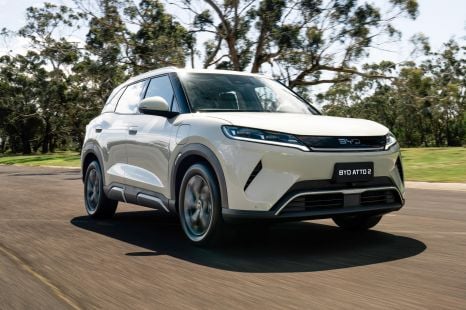

Matt Campbell
22 Days Ago
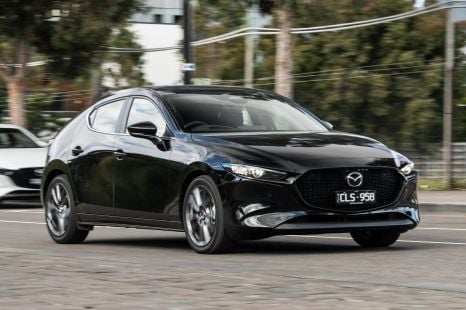

Josh Nevett
12 Days Ago
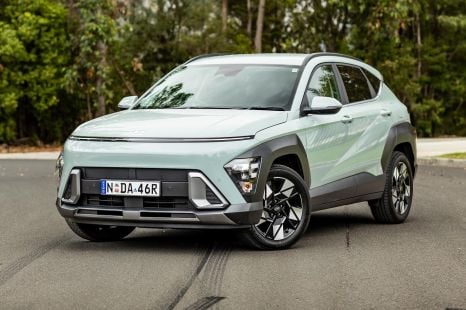

Matt Campbell
11 Days Ago
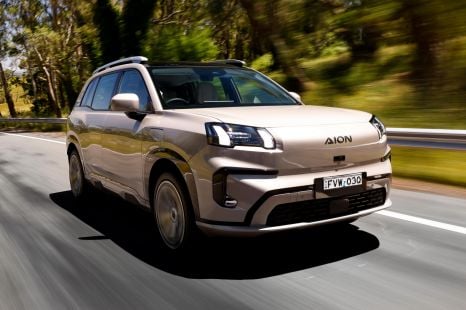

Ben Zachariah
10 Days Ago
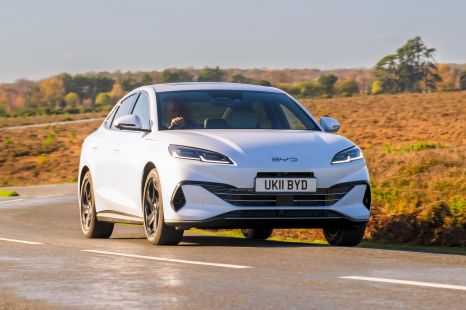

Matt Robinson
6 Days Ago